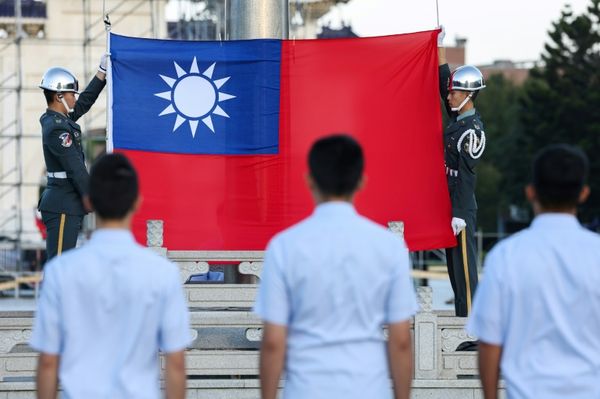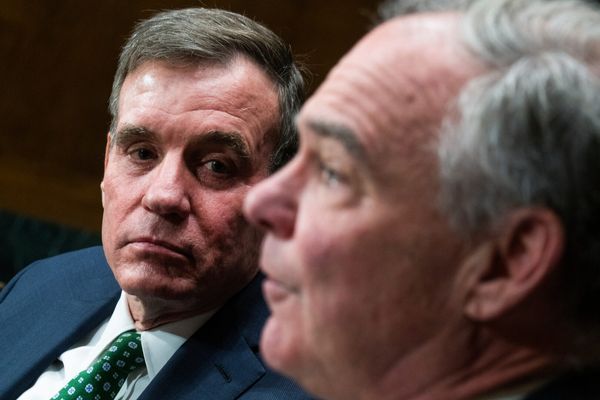
President Vladimir Putin on Thursday ordered a sharp increase in the size of his armed forces, a reversal of years of efforts by the Kremlin to slim down a bloated military and the latest sign that the Russian president, despite heavy battlefield losses, is bracing for a long war in Ukraine.
The decree, signed by Putin and posted on the Kremlin website, raised the target number of active-duty service members by about 137,000, to 1.15 million, as of January of next year, and ordered the government to set aside money to pay for the increase. Military analysts puzzled over how such a sharp increase could be managed.
It was the first time in five years that Putin had issued an order changing the overall head count of the Russian armed forces. Officials offered no explanation for the move, and there was little mention of it on state television. U.S. military officials estimate that Russia has suffered up to 80,000 casualties — including both deaths and injuries — during Putin’s invasion of Ukraine.
Some analysts described the move as a clear signal that, after a full six months of fighting, Putin had no plans to relent.
“This is not a move that you make when you are anticipating a rapid end to your war,” said Dara Massicot, a senior policy researcher at the RAND Corp. “This is something you do when you are making some kind of plan for a protracted conflict.”
There is mounting evidence that the war in Ukraine could stretch to next winter and beyond. Russia’s offensives in the east and south have slowed to a crawl. And neither side has shown any readiness to negotiate or compromise — not Russia, which had initially moved to topple the Kyiv government and now aims to seize large swaths of Ukraine’s territory, nor Ukraine, whose freedom and sovereignty are at stake.
While enjoying a significant superiority in artillery and in long-distance missiles, Russia’s forces have been unable to capture significant territory since the beginning of July, when the city of Lysychansk in the country’s Luhansk region fell.

Military analysts and reporters on the ground have been attributing the slowing pace of Russia’s offensive to a lack of manpower. Over the past months, Russia has been scrambling to recruit volunteers to serve in Ukraine in what some analysts called a “stealth mobilization.”
Currently, Russia requires men aged 18 to 27 to do one year of active military service, although the precise number called up at any given time fluctuates. But the army also has career soldiers who serve under contract, including women.
So far, Putin has avoided mass conscription to provide soldiers for the war in Ukraine. One reason is that declaring a national draft would destroy the veneer of normalcy that the Kremlin has been able to maintain despite economic sanctions and the continuing fighting.
Instead, Russian authorities have been luring recruits to join combat by offering them hefty cash incentives and other perquisites. At the end of May, Putin also signed a law that scrapped the age limit of 40 for contract soldiers.
Pavel Luzin, a Russian military analyst, said that he was skeptical about Russia’s ability to increase its armed forces without major changes.
He said that Putin’s decree would only increase the number of troops “on paper against the reality on the ground,” unless Russia is forced to increase the duration of compulsory service from one year to 18 months. Another solution, he said, would be absorbing some of the country’s national guard forces into the army.
View original article on nytimes.com
© 2022 THE NEW YORK TIMES COMPANY







